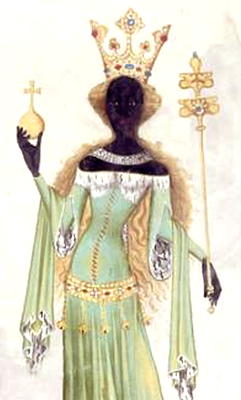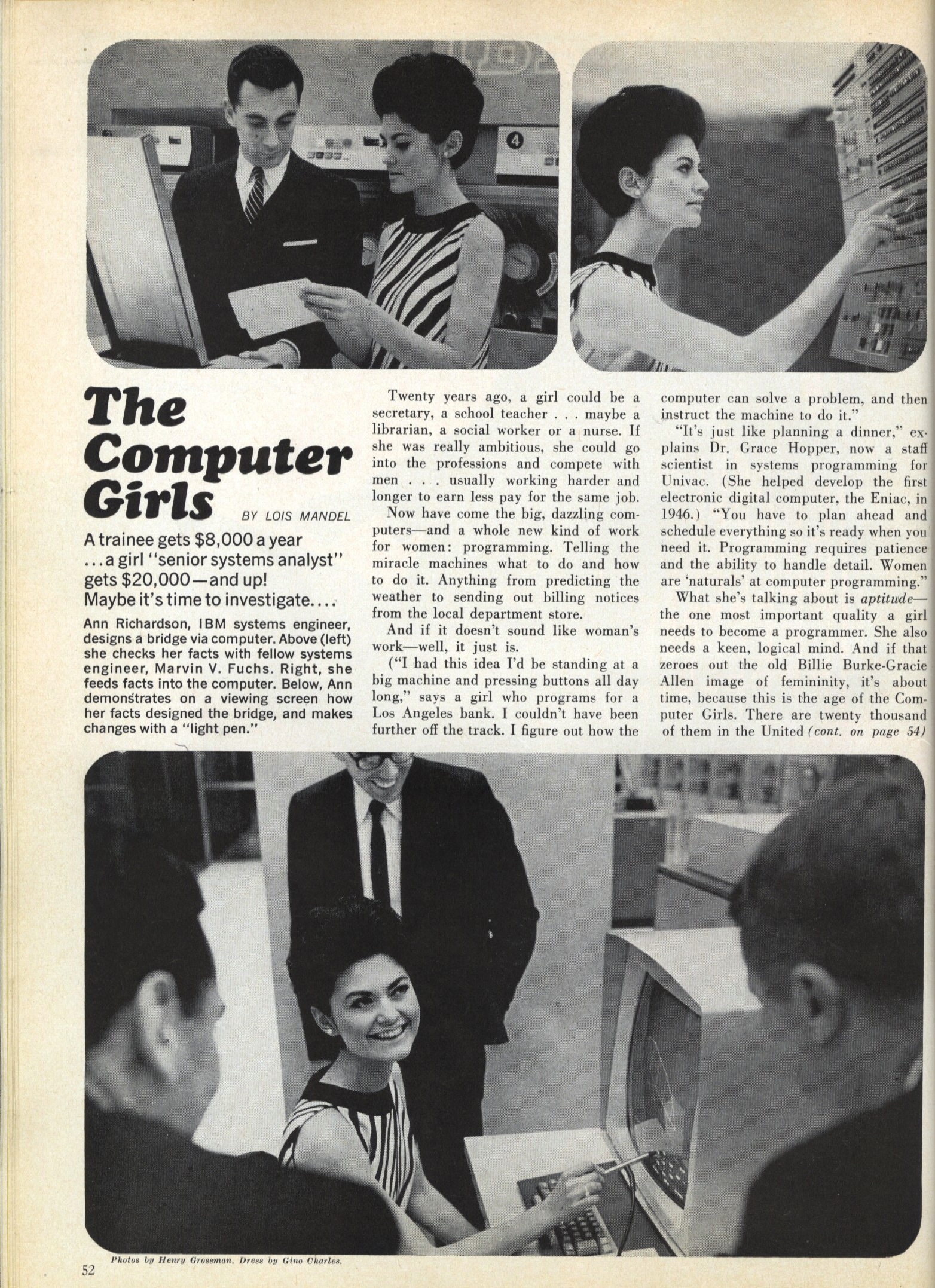In the winter of 2013, something amazing happened to me: I was hit with the fan-girl itch at the age of 31, something that hadn’t happened for years. It all went down when someone posted the video for Q.U.E.E.N. on my Facebook wall. Here was this young woman, Janelle Monae, and even legendary Erykah Badu wanted to be on her record. She was singing about self-respect, and it didn’t come at the cost of putting anyone else down. Instead, she points out all this rudeness, all the ways that other people cut each other down (I can’t believe all of the things they say about me/walk in the room they throwing shade left to right), but she just doesn’t care. As Richard Feynman liked to say, “What do you care what other people think?”
I did not know it yet, but I had been falling in love with the ways that pop artists imaginatively projected of blackness into the future since my early teens. I dug on Busta Rhymes and later, got sugar-high on Nicki Minaj’s crazy wigs and alter-egos. But Janelle was special. She approached the future as not a funhouse, but an ongoing struggle, and carried herself with grace and dignity. For starters, she wore a tuxedo, which as I was to come to learn, she saw as a uniform, and like a uniform, was a social signifier of labor. She doesn’t just sing, she works. Monae is conscious and she wants her music to raise the consciousness of others.
In point of contrast, consider Nicki singing about how she’s the greatest and how Lil Kim (truly, her mentor) is a “stupid hoe” (even if she does pay homage in the video to legendary Grace Jones). Janelle sings instead about how she wants to lead people towards their salvation by inspiring revolutionary love.
Janelle sings sings of comfort being an android (as Nicki does with being a Barbie girl). These figures do not shy away at “dehumanization,” but rather appropriate tools and technologies for self-discovery. These are hallmarks of Afrofuturism, a term coined by cultural critic Mark Dery. While cybertheorists have often studied the ways in which information technologies provide a challenge to liberal humanist views of subjectivity (e.g. Katherine Hayles), too often they overlook the ways in which groups of people who have historically been denied their full humanity make sense of these technologies. For example, sound studies scholar Alexander Weheliye provides a rebuttal to contemporary critiques of the degradation of the human voice in the recording industry by analyzing vocoders and autotuning as posthumanist technologies that expand rather than degrade the ability of black voices to make music. He and others included in sociologist Alondra Nelson’s special issue of Social Text illustrate how considerations of race and the goals of Afrofuturism likewise expand the analytic power of cybertheory.
Cyberfeminism and Afrofuturism have more than a few things in common. At the core of both is the idea that there is no garden to get back to, but rather that humans are deeply shaped by their technologies. Always have been, always will be. So if we want our politics to help us shape a brighter future, we had better consider what technologies might offer. For cyberfeminism, the erasure of the biology of reproduction (as in the writings of Shulamith Firestone) and the possibility of living beyond gender in online spaces (Sadie Plant) has been key. For Afrofuturists (from novelist Octavia Butler to jazz musician Sun Ra), the desired futures have been ones that do not erase race, but allow difference to not only peacefully coexist, but thrive in so doing.
In the science fiction world that Monae speculates as the scene until which her musical narrative and “emotion pictures” (her creatively apt term for music videos) unfold, humans have finally perfected androids and gynoids–human-shaped robots who serve them. This drive for robotic assistants as a replacement for uppity servants who are likely to complain about their human rights has been fundamental to American technological production. But so too have we also longed for make matter in our own image: from Pygmalion to Japanese Geminoid robots, non-reproductive humanoid creations offer a sense of godlike power—perhaps man’s freedom from women, as well as his servants. In Monae’s world, both these dreams have come true, and her alter-ego Cindy Mayweather, is just such a gynoid: a woman made to serve.
I was long skeptical about the idea of humanoid robots, especially the idea that machines could be made conscious–not politically conscious, but just having a mind, a sense of self and emotion. I saw these a dreams coming from a reductionist view of humanity. Monae changed that for me. By articulating the android as the fantasy of servitude, she highlighted the gendered and racialized dimensions of this figure. Androids are the ultimate exploitable “other,” a human-like being who does not need to be afforded the rights of humanity because it was created by human hands instead of human loins. But is this really okay? Especially if we do succeed in making conscious robots, what kind of society would we create by treating them as lesser humans? Our need for dehumanized service degrades us all.
Mayweather becomes a pop star. She starts out singing at android auctions (Many Moons emotion picture) but she’s singing about freedom. Android freedom. She wants androids to respect themselves and self actualize. She sings about love and that, too is revolutionary. She was made capable of love (a little gold door opens), perhaps because that was considered an engineering feat, but it’s not merely good entertainment for a robot diva to belt her heart out. She wants to share that love. She wants robots to love themselves and each other. She wants them to respect themselves, to grant themselves enjoyment and pleasure (Electric lady, get way down). Saying these kinds of things to a people who have been placed (engineered) within a role of servitude is revolutionary. Robots are not supposed to care about self-preservation. That is antithetical to Azimov’s three rules of robotics.
But Mayweather’s revolution is not just a matter of us versus them. Instead, it is important to Monae’s narrative that Mayweather breaks the rules of her society by transcending boundaries and falling in love with a human. When Mayweather and Anthony Greendown fall in love, Monae demonstrates a symmetry, an equivalence between the oppressor and the oppressed, a common core of something which may or may not be humanity in a biological sense, but which is nevertheless the deeply powerful, spiritual capacity to love.
In love is the possibility for something that is much bigger than a happy conclusion to a romantic story. In recognizing a universal capacity to love is the possibility for unity, for a better society. Love is the foundation for revolution. This is not to say that there will not be violence and struggle in the fight for a better future—after all, the narratives of both the Metropolis and the ArchAndroid albums follow Mayweather as she unsuccessfully tries to flee her dismantling, a a fate she fears.
We do not yet know what her fate will be, but we can hope that she will be saved by an uprising of those androids and human allies who she has helped make conscious through her music, those willing to fight the Cold War that will “bring wings to the weak” and “grace to the strong,” leading evil to crumble. We can hope that their cyborgian revolutionary love will come to the rescue and in so doing destroy the oppressive society so committed to exploitation of the weak that it literally builds its own slaves. These revolutionaries will Dance Apocalyptic, as Mayweather herself foretold, and will be given a chance to build a better future that celebrates the humanity and cultural contribution of diverse beings, no matter how they were made.
This post is by Marisa Brandt and cross-posted to her blog technomediatrix


